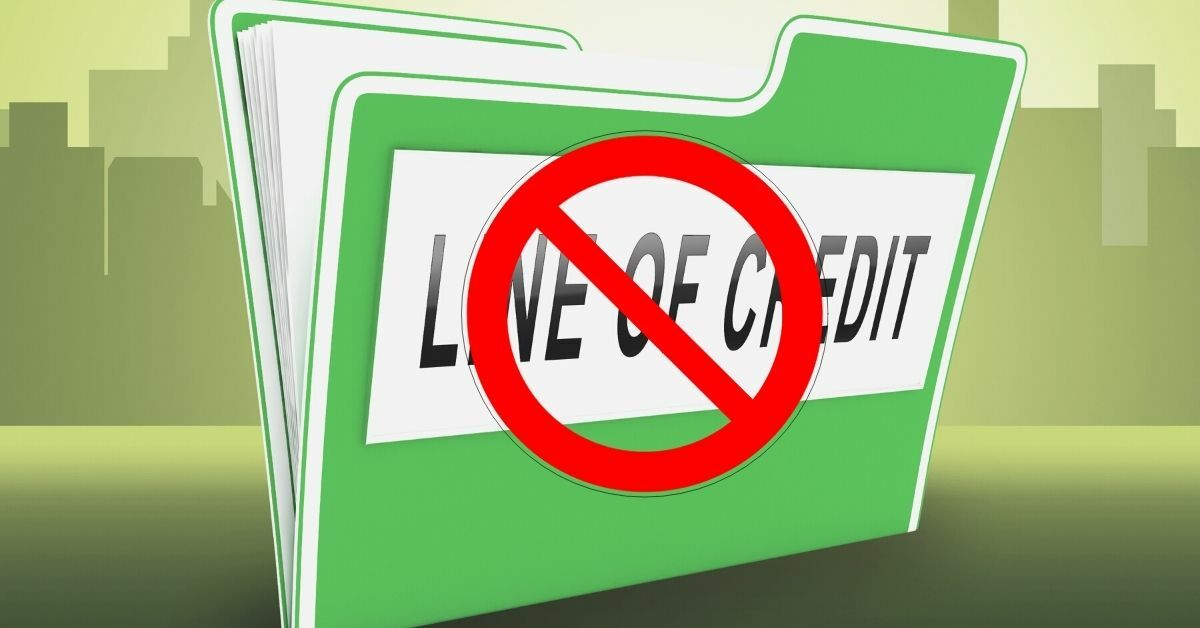Does your business have a disaster recovery plan?
It’s important to have a watertight plan for overcoming any potential natural disasters
With extreme weather events on the rise and climate change becoming an increasing threat, it's never been more important for your business to have a disaster recovery plan in place.
Weather is becoming more severe, more unpredictable and more destructive over time. With shops and offices in some locations getting flooded out, shaken by earthquakes or threatened by wildfires, you need to know that your company can:
- Survive an extreme weather threat
- Set up the business in a secondary location, if the need arises
Your disaster recovery plan (DRP) is your detailed plan for how to achieve this, and is an important element of your company’s wider business continuity strategy.
The increased threat of extreme weather conditions
When you’ve invested considerable time, effort and money in setting up a business, the last thing you want is an unpredictable threat wiping out this investment.
However, if your company runs from bricks-and-mortar premises, there’s always the potential for extreme weather to have an impact on your operational capabilities. The recent severe flooding in Europe has wreaked havoc in many small towns, wiping out high streets and dumping tonnes of filthy river water into business premises, shops and homes alike.
As a business owner, the question you have to ask yourself is
‘What would I do if this happened to my business?’
Getting your business back up and running
When you sit down to complete a standard SWOT (strengths, weaknesses, opportunities and threats) analysis, it’s unlikely that you’ll previously have included extreme weather as a major element in your list of threats. But the times are changing, and the potential for disaster has to move up your agenda as a matter of urgency.
To keep your business prepared and ready, you should ask yourself a few specific questions.
These will include:
Do you have a disaster recovery plan?
Does the business have any kind of disaster recovery plan (DRP) in place at present?
You may well have a business continuity strategy of some sort, but do you have a specific plan if fire, flood, earthquakes or other natural forces directly threaten your business premises? If not, you need to create one.
How does your plan align with your business continuity strategy?
Business continuity is all about ensuring that your company can remain operational and trading. So your DRP should be a significant part of this continuity strategy.
Being wiped out by a flood may have once seemed like a Hollywood disaster movie scenario. Now it’s an event that’s all too possible – and something you need to have prepared for.
Is anyone in charge in the event of a disaster?
Leadership and clear advice during a time of disaster are essential. So, in the event of an extreme weather event affecting your premises, who will be in charge? Is this the CEO or MDs job? The COO? Or maybe this will be a secondary role for another employee, who has been trained up and knows how to lead the response.
Make sure you know who to contact and their role.
Are your systems and databases in the cloud?
In today's digital world, many companies will have based their IT and communications infrastructure around cloud technology.
Being a cloud-based business is incredibly valuable in the event of a disaster, allowing you to engage a ‘disaster recovery as a service’ (DraaS) process that gets all your business systems up and running from cloud backups and off-site servers.
Talk to us about cloud based apps and platforms for your business.
Can you team work remotely?
Another benefit of being cloud-based is that employees can work remotely from any location.
So, if your office is flooded out, your team can log in from home and can continue to work. If you’re still relying on desktop applications via an office-based server and network, this just isn’t possible.
Offering remote working isn’t just good for your staff, it could be a business critical decision.
Do you have access to any alternative workspaces?
Depending on the business property you own, you may have access to alternative offices or workspaces.
When one location is affected by extreme weather, would an alternative location be able to take on your displaced staff and continue working? Look at how feasible it is to have a plan for moving teams to alternative locations. And, if possible, making as much use of remote working as possible.
No-one believes they will be the victim of a disaster...until it happens to them.
No-one can fully predict how extreme weather and natural disasters will come to affect the planet over the coming years and decades. But the risk of a freak event impacting your business is growing.
Its worth putting some time aside now to think about the practicalities of setting up a disaster recovery plan.









